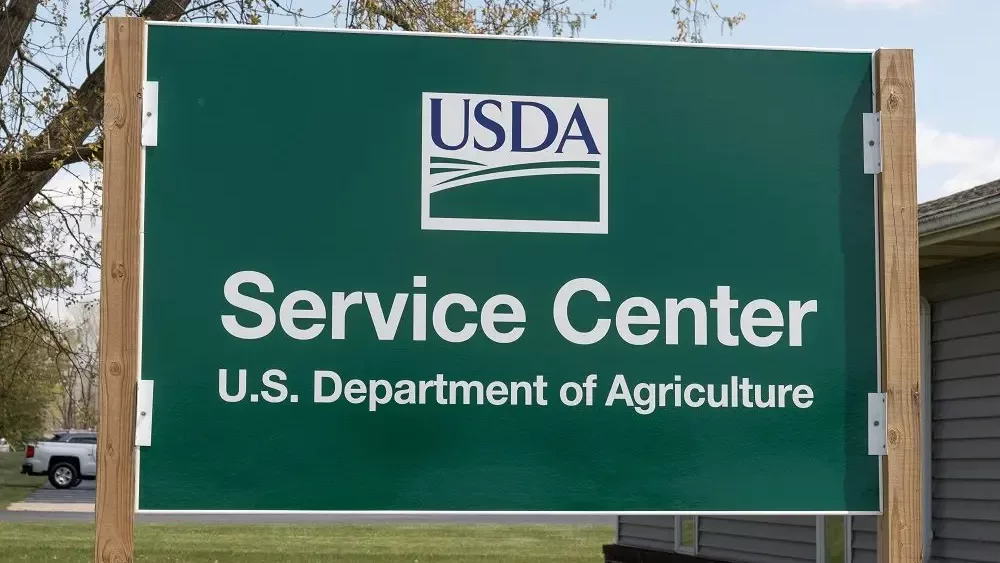
The U.S. Department of Labor announced a final rule on Nov. 2, updating the methodology for determining the annual Adverse Effect Wage Rates (AEWRs) — the minimum wage rate that farmers are required to pay H-2A seasonal guest workers to ensure similarly-employed domestic workers aren’t “adversely” effected.
Under the new wage rule, the AEWR will not change until 2023, creating a wage freeze for 2021 and 2022 for a vast majority of agricultural jobs — affecting approximately 97% of farmworkers according to DOL estimates.
That could be potentially good news for Michigan farmers utilizing the seasonal guestworker program, which required a $14.40 AEWR hourly figure for the 2020 season, according to Tuscola County farmer Carl Bednarski, president of the Michigan Farm Bureau.
“Since 2014, the AEWR for Michigan has increased 25% from $11.49 per hour to the current $14.40 figure,” Bednarski said. “On an annual basis, those increases have been well-above the rate of inflation. “
From 2019 to 2020 alone, the AEWR for Michigan increased just over 6.3% from $13.54 to $14.40 per hour, according to Bednarski. “Those kinds of increases are simply not sustainable for the state’s specialty crop growers and effectively prices the H-2A program option out of existence,” he said.
By way of comparison, Bednarski said Michigan’s minimum wage is currently at $9.65 per hour, while the federal minimum wage is at $7.25 per hour.
“So, the $14.40 per hour AEWR for Michigan is currently nearly double the federal minimum wage and nearly 50% higher than Michigan’s minimum wage,” Bednarski said. “Ultimately, farmers are looking for stability and predictability — that’s been extremely difficult to do with the annual AEWR increases.”
USDA Secretary Sonny Perdue praised the DOL announcement, noting recent AEWR annual adjustments have increased at a higher pace than other industries.
“This is an example of good government that will ensure greater stability for farmers and help them make long term business decisions rather than facing uncertainty year after year,” he said.
Beginning calendar year 2023 and annually thereafter, the AEWRs will be adjusted by the percent change in the Bureau of Labor Statistics Employment Cost Index for the preceding 12 months. Over the last 10 years, the ECI has increased by approximately 2.24% each year on average, with the lowest increase year to year at 1.7% and the highest year-to-year increase at 2.9%.
For all other agricultural jobs, DOL will set and annually adjust the AEWRs using the average hourly wages for the occupational classification reported by the BLS Occupational Employment Statistics Survey program. These agricultural jobs are often supervisory or higher skilled/uniquely skilled, such as construction jobs, which pay higher wages than typical farming occupations.
The changes implemented in this rule also address stakeholder concerns about the potential for significant and unpredictable wage changes from year to year associated with DOL’s prior AEWR methodology, while ensuring better wage protections for United States workers similarly employed in higher-skilled agricultural jobs.
More predictable wage adjustments in the H-2A program will help American farmers plan and budget for their workforce needs, according to Perdue, and ensure that wages in the H-2A program keep pace with steadily increasing wages in the wider economy.
DOL intends to issue a second final rule to finalize the remainder of the July 29, 2019, proposed rule that will govern other aspects of the certification of agricultural labor or services performed by H-2A workers, and enforcement of the contractual obligations applicable to employers of such nonimmigrant workers.
Read the final rule here. The final rule will publish in the Federal Register at a later date.





